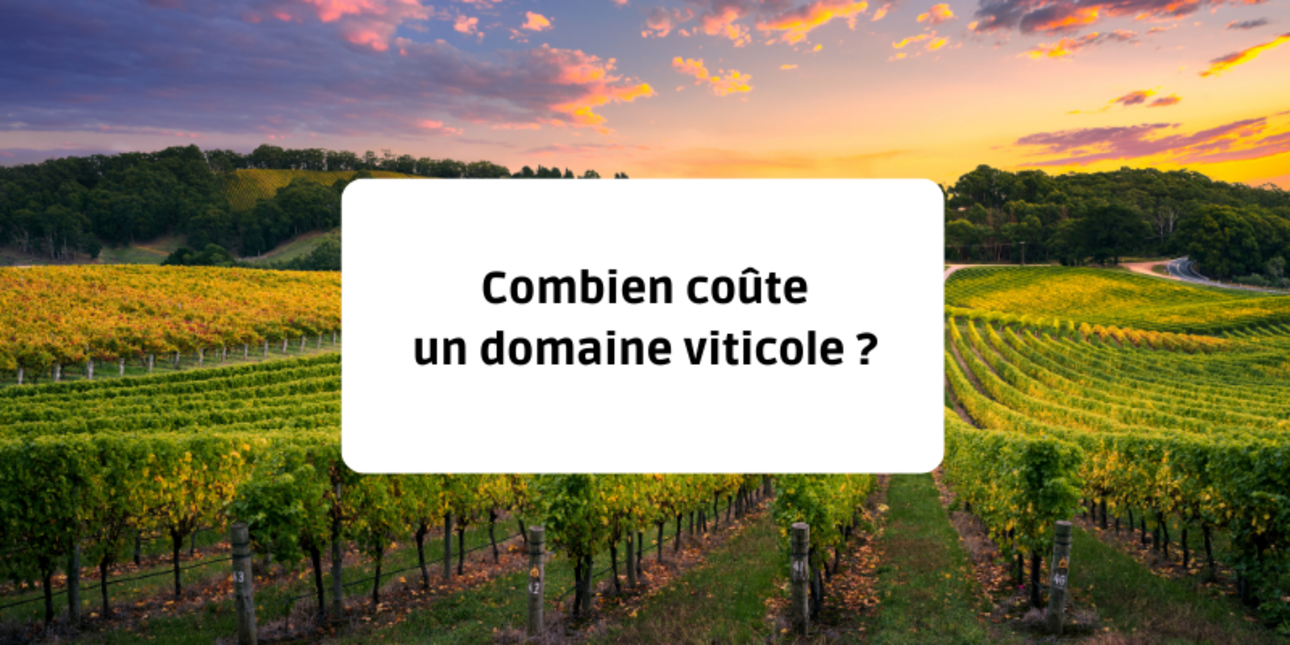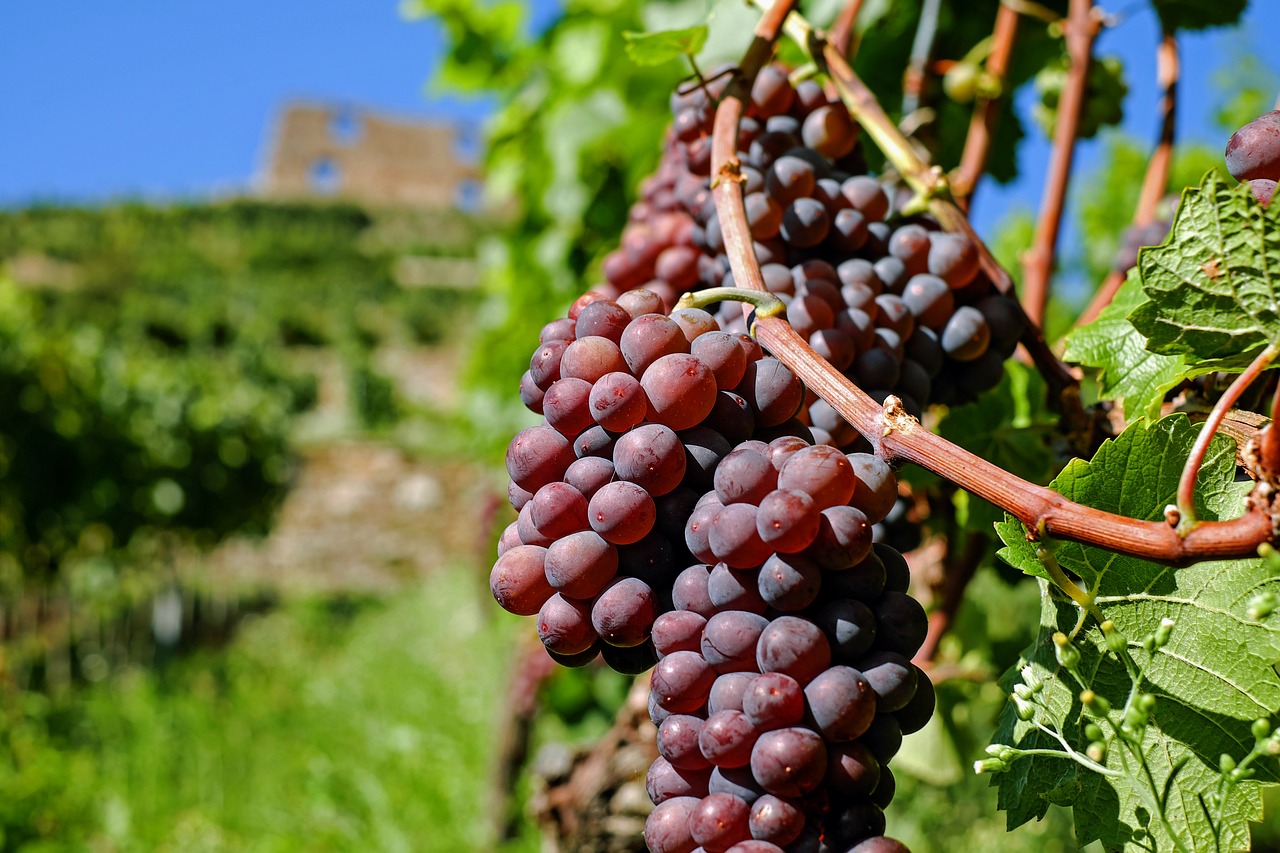
Buying a wine estate is a major investment, and the price varies considerably depending on a number of factors.
This article will guide you through the main factors that determine the value of a wine estate and give you an overview of prices in the main French wine-growing regions.
The geographical location of the estate is an essential criterion in determining its price. Vineyards located in prestigious regions such as Bordeaux, Burgundy or Champagne generally fetch much higher values than those in other wine-growing regions. Even within these regions, prices vary greatly depending on the appellation.
For example, a hectare of vines in AOC Pauillac sells for an average of around €3 million, compared with €28,000 for a hectare in Sauternes.
The total surface area of the estate, including vines, buildings and any uncultivated land, has a direct influence on its price. In general, the larger the estate, the lower the cost per hectare, but the higher the overall price.
The age of the vines, their state of health and the quality of the terroir are determining factors. Old vines in good condition on a renowned terroir considerably increase the value of the estate.
The presence and condition of the farm buildings (cellar, winery) and accommodation (manor house, gîtes) have a major impact on the price. An estate with modern, well-maintained facilities will be more expensive than one that requires major renovation work.
The reputation of the estate, the quality of its wines and its production volume also influence its value. An estate producing top-quality wines and enjoying a loyal customer base will be more expensive than a lesser-known estate.
Every year, we publish articles detailing vineyard prices in each region, based on statistics compiled by the SAFER.
Prices in the Bordeaux wine region vary widely from one appellation to another. Here are some prices for 2023:
The average price of vines in Gironde was €122,400/ha in 2023, down 4% on 2022, mainly due to the commercial difficulties of the Bordeaux and Côtes de Bordeaux AOCs.
Burgundy is experiencing a sharp rise in prices, particularly for the most prestigious appellations:
Prices in Champagne vary depending on the area, but have been rising since 2020:
There are wide disparities in this region:
The price of a wine estate is not limited to the value of the vines. You also need to take into account
For example, a 10-hectare estate in the Bordeaux AOC, with a house, cellars and operating equipment, could fetch between €2 and €5 million, depending on its location and general condition.
Before embarking on the purchase of a wine estate, it's crucial to assess your financial resources and objectives. Is it an investment, a professional conversion project, or a lifestyle purchase?
Buying a wine estate is a complex transaction that requires the involvement of specialist professionals: estate agents specialising in wine, wine experts, oenologists and, of course, notaries and lawyers.
In addition to the purchase price, it is essential to take into account the estate's operating costs: labour, vineyard maintenance, equipment renewal, etc. These costs can represent a significant burden, especially in the first few years. These costs can represent a significant burden, especially in the first few years.
Many winegrowing estates are developing complementary activities such as wine tourism, with gîtes or bed and breakfasts. These activities can be a significant source of additional income.
Buying a wine estate is a substantial investment, the price of which varies considerably depending on the region, the appellation and the specific characteristics of the estate. An in-depth study and the support of professionals are essential to bring such a project to fruition.